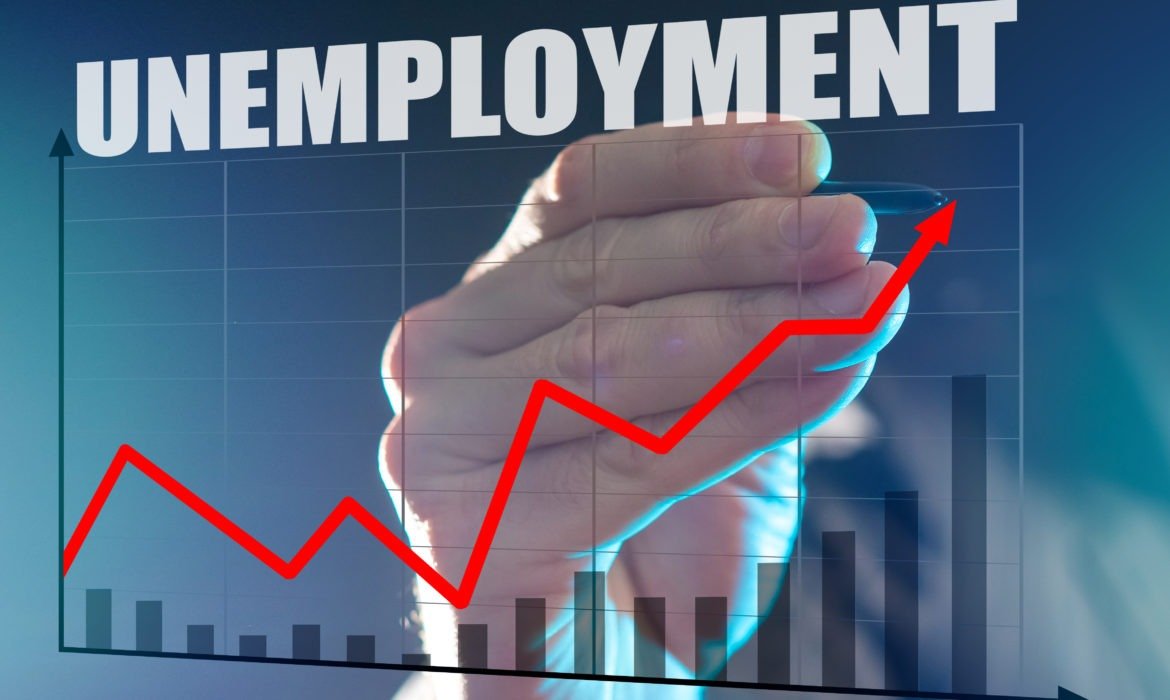On Saturday night, there came a report. The report was from California. It concerned how the state has dealt with (some would say not dealt with) the unemployment claims the United States has experienced after they shut down businesses and countries because of the coronavirus pandemic.
The report revealed that the state Employment Development Department’s backlog of unemployment insurance claims is growing ten thousand a day. And it is during the COVID-fueled recession. That is just the backlog.
Governor Gavin Newsom sought to address the issue on Monday.
He said that the system is an old, thirty-year-old-system. The software and computers that help it run must be strewn to the waste bin of history.
Newsom said that he did not want to wait to start implementing its recommendations. That is why the report came out this weekend. Newsom revealed that the reset began this weekend. The process of reset will most probably end on October five.
Newsom suggested implementing a new automatic ID system. Furthermore, he said that software could substantially eliminate fraud.
The process of improvements includes redeploying more experiences of staff in senior roles. They are providing people with information in a mobile-friendly manner.
The Governor said that they would fast track what will otherwise be a manual process that can take up to sixty days.
Newsom said that he plans to have substantially addressed the backlog within ninety to a hundred days. The goal is that backlog does not impact the new applicants.
Unemployment Claims
Newsom’s commissioned strike team’s result is the report. Jeniffer Pahlka is a former United States Deputy Chief Technology Officer. Yolanda Richardson if Secretary of Government Operations. They lead the team to determine needer reforest at the EDD (Employment Development Department).
UI claims, from the report, that processing is a workflow and logistics problem. Every action (waiting for claimant information, manual review, nightly system batches) runs a fixed speed (time per item). It is relatively fixed throughput (total items per time).
Nevertheless, it asserts that the inbound rate of claims per day exceeds what the lowest, slowest throughput part of the system can complete in a day. Thus, the backlog of undermined claims will grow unbounded until the new claims rate decreases.
EDD’s maximum manual processing of claims was never up 2,400 per day in 2020 or 2019. This is according to the report. More than twenty thousand claims per day are sent to be manually processed. It is mostly for identity verification. That is what New Unemployment Insurance data shows right now.
Earlier this month, Deadline’s Dave Robb made a report. It said that initial unemployment claims from Californians previously working slowed in August. Those workers were working in the state’s recreation, arts, and entertainment sector. The unemployment rate fell to the lowest levels since the coronavirus pandemic shut down venues around the state in mid-March.
In August, the decline of initial claims coincides with the termination of the six hundred dollars-a-week federal unemployment benefit. At the end of July, it ended.













